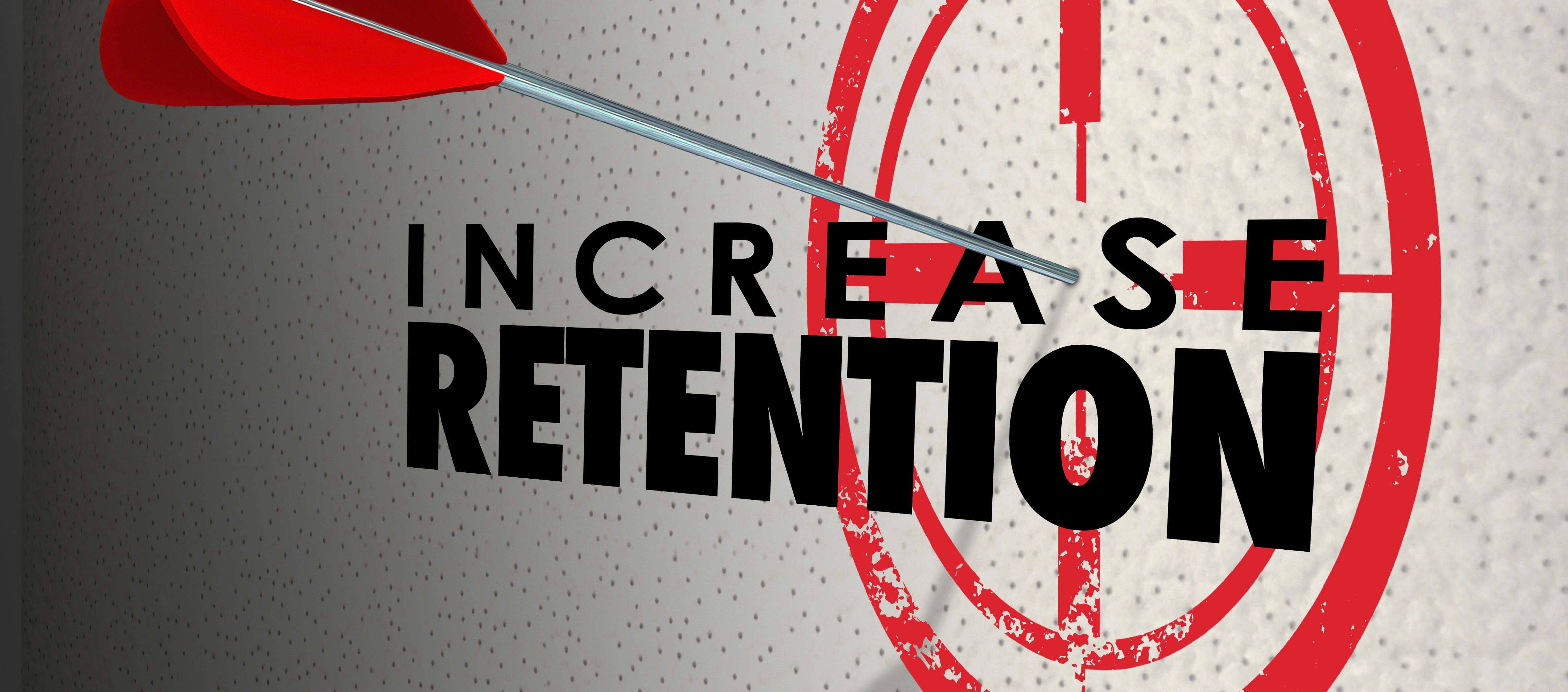Considering that a worker is injured on the job every seven seconds, prioritizing employee safety is of utmost importance for virtually all organizations.
While such a figure is staggering, the National Safety Council says that each one is preventable. Employers can teach and hopefully minimize the back strains and falls of everyday employee safety, but once the pandemic hit in early March, organizations faced an unforeseen challenge and were largely unprepared to address the issues COVID-19 presented to a healthy workplace.
While there was a bit of breathing room for companies that could send employees home to work, others including Marquette, Michigan-based Easy Ice, scrambled to find safety solutions with little time to spare. As a national ice machine provider, Easy Ice provides an essential service. Its employees are essential workers, which meant company leaders had to quickly create a safety plan for workers while still servicing its customers.
Also read: Automate how your staff clocks in and out and cut hours of admin work each week.

Easy Ice Safety Manager Ryan Mahru was assigned to design a reopening plan specific to Easy Ice while also keeping in mind the different conditions for its 200-plus employees in 14 locations across the United States.
“The first step was making sure all of our employees followed best safety practices,” said John Mahlmeister, co-founder and chief operating officer of Easy Ice. “We created a COVID response task force that meets weekly to discuss emerging technology and update our best practices. We also consulted the OSHA Occupational Risk Pyramid, which classifies workplace exposure risk into lower, medium, high, and very high.”
Safety for in-office and field employees
A comprehensive 17-page preparedness and response plan spelled out protocols for in-office employees and field technicians servicing commercial ice and water dispensers for other essential employers including manufacturing plants, hospitals and fast-food restaurants.
Technicians were provided with latex gloves and eye protection when servicing ice machines in the field. They also were limited to one individual per vehicle when traveling between jobs, Mahlmeister said.
Case study: Hoffer Plastics’ ‘family first’ philosophy puts people over profits
“We also factored in industry-specific scenarios where our employees were most likely to have in-person contact and we were able to adjust some of our protocols,” he said. One example, he said, was allowing technicians to give verbal confirmation that a job was completed versus doing it in-person.
A safe return to the office
All Easy Ice offices, which house about 60 percent of the company’s workforce, are now open, Mahlmeister said. There are no-touch thermometers at each sanitization station so employees can check their temperature, and Hepa air filters were installed to help reduce the number of airborne particles floating throughout the office.
“Policies and mandates differ from state to state,” he said. “So we followed a gradual return in accordance with local guidelines and COVID testing numbers. In areas where we identified it would be safe to reopen offices, employees were given the option to continue to work from home for extenuating circumstances, such as caring for high-risk family members.”
Also read: Knock out the practice of buddy punching for good
To assure compliance, all branch managers perform a routine safety audit to identify areas for improvement and ensure compliance with federal guidelines, he said. Branch managers also attend weekly safety briefs where leadership shares new and emerging safety information to prevent coronavirus in the office. Managers also conduct training sessions with employees to ensure these safety measures are implemented into daily practices.
Addressing the emotions
Taking care of the physical side of employee safety was crucial. But Mahlmeister and his team realized they needed to address the emotional side of a pandemic that has deeply affected workers.
“Changing work conditions can be stressful for employees, so we created programs to ensure our team stayed healthy and happy throughout the pandemic,” he said. Easy Ice’s workforce is made up of 74 percent hourly while the remaining 26 percent are salaried employees. Some 40 percent of the workforce is dedicated to serving customers in the field, he said.
Also read: Labor tracking in an increasingly complex legal environment
“Transparency was key,” he said. “We held all-employee meetings monthly during the height of COVID so employees knew that Easy Ice was standing strong through uncertain times.”
Like many organizations, Microsoft Teams became a staple of the work day to help employees physically and emotionally.
“Activities include yoga, healthy breathing and chair exercises, lessons to help parents with home schooling, urban gardening classes and photo and recipe-sharing events,” he said.
The comprehensive plan has helped Easy Ice employees endure the pandemic. But this is not short term, Mahlmeister said.
“Safety should be every company’s top priority,” he said. “I encourage all employers to create an effective response plan while consulting health organizations and recommendations made by professionals. When employees feel safe coming to work, it will allow for a boost in morale and ensure they are able to focus completely on the job.”
Managing and scheduling an hourly workforce can be a challenge in the best of times. With so many employees working virtually give them the convenience of the Employee Scheduling App so you can manage your business from anywhere.



 “The most important thing for us was to remain clear that it was our job to protect people over profits, and remain visible and transparent about the decisions we were making,” she said. “We were all navigating the unknown, but we were on the same page that we wanted to keep people employed.”
“The most important thing for us was to remain clear that it was our job to protect people over profits, and remain visible and transparent about the decisions we were making,” she said. “We were all navigating the unknown, but we were on the same page that we wanted to keep people employed.”









 The constant pressure, isolation and travel leads to a lot of burnout. Despite relatively high salaries, industry turnover rates among the associates is more than
The constant pressure, isolation and travel leads to a lot of burnout. Despite relatively high salaries, industry turnover rates among the associates is more than